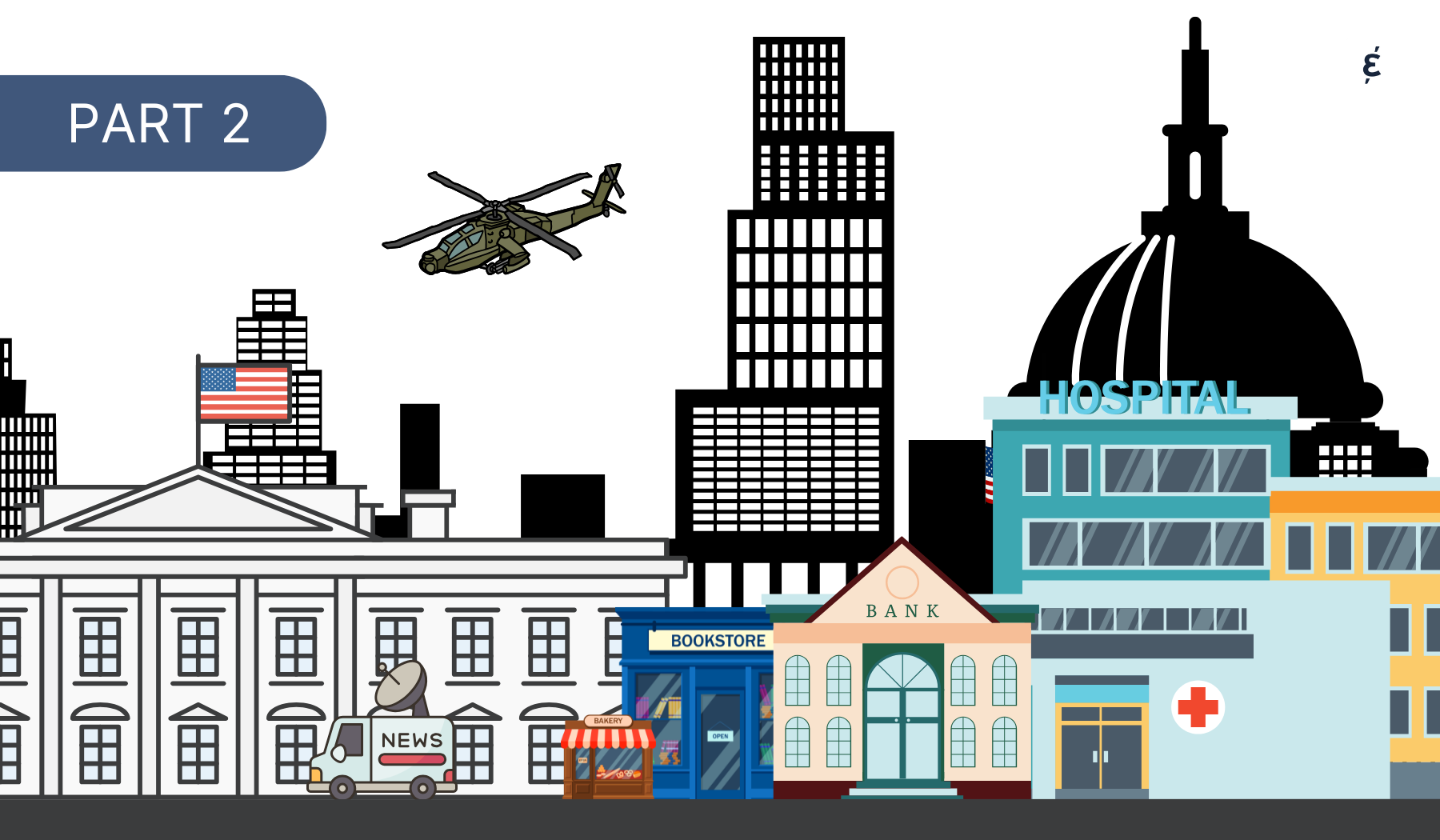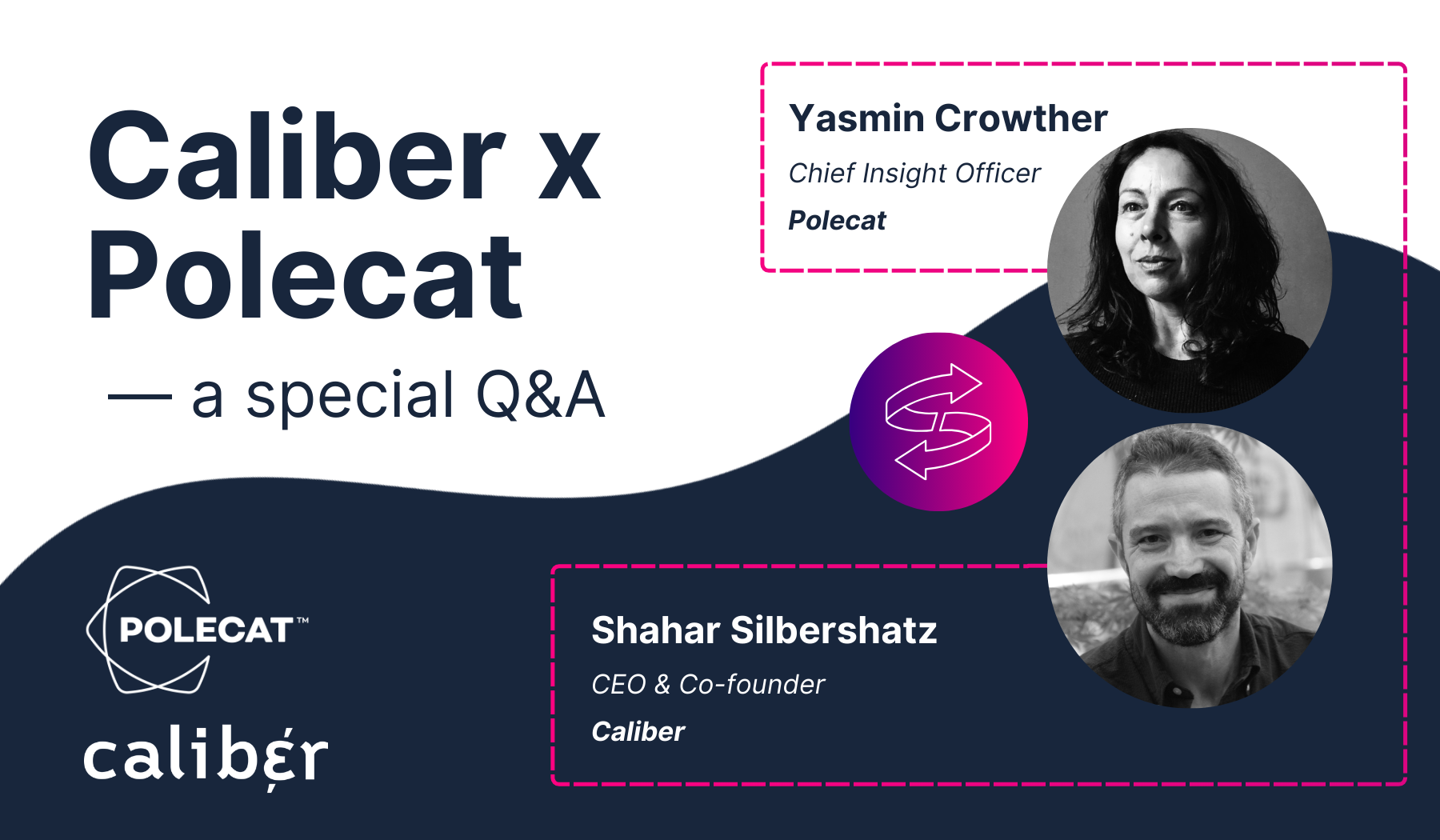

Originally from Chile, Ivan lived for many years in Canada and the United States. He began his career with market research giant Nielsen before joining GfK, where he managed the Coca-Cola account. He later moved into corporate reputation, joining the Reputation Institute in Boston.
Today, he lives in Spain and works as a global advisor for Caliber, helping multinational companies realize the power of managing their reputation, brand, and ESG programs effectively across diverse countries and cultures.
I always bring it back to the impact of intangibles and the market value of organizations. It’s not new, but it’s growing rapidly. There was a study in the US — and I always refer to this study because it’s impactful — that says 90 percent of the market value of an organization is based on intangibles.
When you have executives managing all these intangibles to make a company successful, but you don’t know how to measure those intangibles, you’re missing out in terms of what you can do and how you can refocus the organization to meet its strategy and goals. So when you have a model like ours, which puts a metric behind an intangible — one you can measure and quantify, follow and act on — it means you have executive buy-in with a different purpose — or one that’s stronger in terms of the belief in what reputation can mean for the organization.
If you’re in Marketing or Sales, there’s a lot of data you can bring to the table. You can show your sales have increased. You can show your market share has increased.
What does Communications traditionally have? Not much. But now, with reputation, they do. Especially when you have a reputation score or, in our case, a Trust and Like Score. It’s something Communications didn’t have before.
On top of that, you can get faster access to the metrics. And you can cut the data in different ways. You can understand if something’s being influenced by younger generations, by older generations, by different segments within your stakeholders. Is it influenced by the type of channel you’re communicating through?
Suddenly, you’re giving Communications a tremendous toolkit, and now they can support the executive in terms of building narratives that are more valuable.
Before, you talked to consumers. Now, you need to talk to consumers, you need to talk to investors, you need to talk to policymakers, and you need to talk to your future talent.
So the narratives need to resonate with the right stakeholders in terms of your culture, sustainability, innovation and leadership.
You don’t stay working at an organization that has a bad reputation. You don’t apply to a company that has a bad reputation. You apply to companies that matter to you.
And if you’re going to attract young talent, you’re not just offering a product, you’re offering a culture. You’re offering openness. You’re offering transparency. And at the end of the day, you need to build communications that affect each type of stakeholder with a different narrative.
There’s more discourse in terms of people having an opinion about brands. Social media has created a false sense of understanding. You’re basing your understanding of a brand or what a company is doing on a group of people who are louder than others.
You need this reputation management idea to be a little broader and more encompassing in terms of what your stakeholders are thinking, so you can make decisions that matter.
We‘ve talked to many organizations going through what I call a crisis within a bubble, a crisis within their own four walls.
They think everybody’s talking about it, but when we measure it, we can assure them, “No, don’t worry about this topic — worry about this one that’s more important because your stakeholders are talking about it and it’s affecting your reputation.”
That’s tremendously relevant because companies have to spend their time and energy on the right things.
It continues to be the implementation of a reputation culture within organizations. We need a few things. We need executive buy-in. We need cross-functional collaboration. We need data-driven decision-making to continue to happen. We need crisis preparedness. And we need employee engagement.
That’s especially important for companies to understand. An ambassador program in an organization is key to their reputation. Reputation is not only built from the outside in, it’s also built from the inside out. If you provide your employees with ways and tools to talk about the organization in a way that is positive, to be able to lift the perception of external stakeholders, it’s very useful.
I worked with an organization that worked with franchisees and had a tremendous program of getting employees to own a franchise. It was very valuable, and employees stuck with the organization for years and years because that was their ultimate goal — to be able to move from this organization and be their own bosses and have a franchise. They never communicated that.
I was talking with HR and said, “You never talk about that.” “No, we don’t.” I said, “But that’s a tremendous plus. I mean, somebody who knows that you, as an organization, are helping your employees build their own business — what other company has the privilege to do that?” So companies forget their employees are also a tremendous generator of reputation assets.
There’s still this idea that reputation is different from brand. At the end of the day, the brand is the promise. Every company puts out brands because they want to show the promise they’re bringing to stakeholders.
Reputation is, “At what level are we meeting that promise?” And they go together. And stakeholders see that, value that and can see through the disconnect.
If you have gaps between what your promise is and whether you’re able to keep that promise, consumers lower their trust, start being skeptical about the organization and start questioning it — and that’s something you don’t need.
The more companies understand that brand and reputation go together, that they can break silos with this concept of brand and reputation being managed together, being worked internally — that’s the evolution we need to keep seeing.






© 2024 Group Caliber | All Rights Reserved | VAT: DK39314320